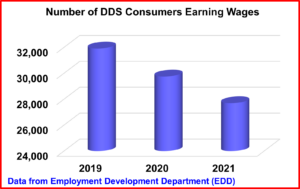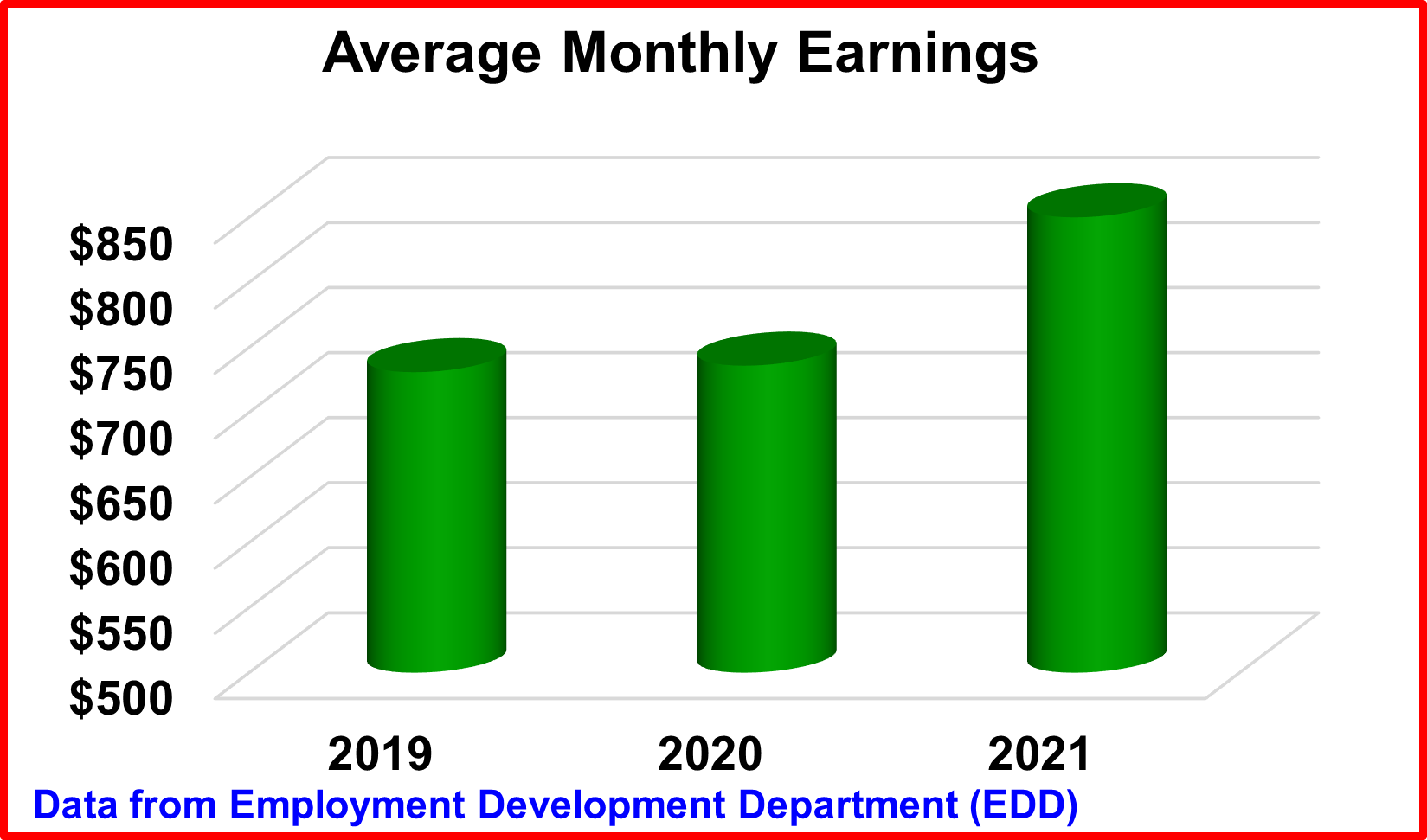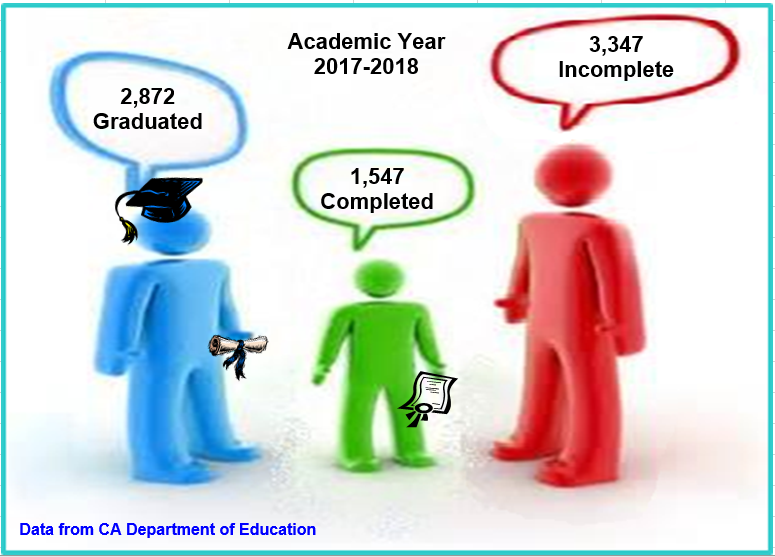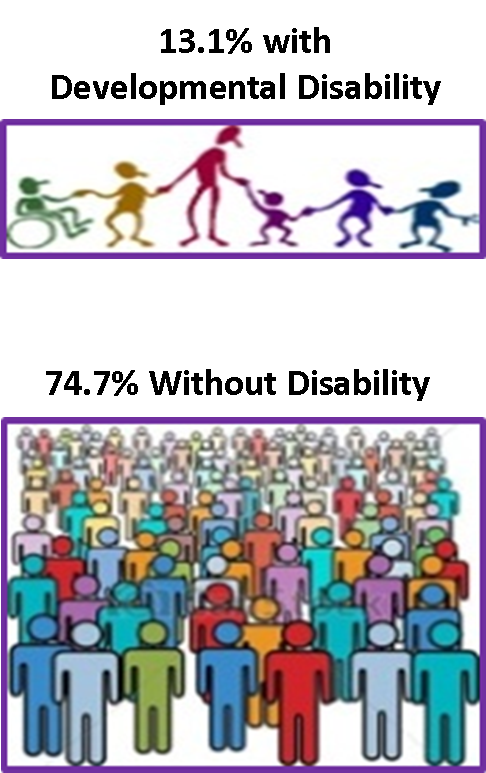State of California Developmental Disabilities System Employment Data Dashboard
INTRODUCTION
Welcome to California’s Data Dashboard for employment of people with developmental disabilities. People with developmental disabilities seek to work, earn and be part of the economic life of their communities. On October 9, 2013, Governor Brown signed AB 1041 (Chesbro) into law, establishing an Employment First Policy in the Lanterman Developmental Disabilities Services Act. This dashboard presents up-to-date data on how well California is doing in implementing the new policy and supporting people to have regular jobs at regular pay.
 |
 |
 |
|---|---|---|
 |
 |
 |
|
in 2019, EDD reports that 31,919 regional center clients received wages. However, those numbers have dropped significantly over the course of 2020-2021, with only 26,699 regional center clients earning wages in 2021. |
According to data from the EDD, the average monthly earnings for regional center clients only increased by $4 between 2019-2020 but increased to $984 in 2021. |
For June 2018, the California Department of Education reports that 7,624 students with significant disabilities (autism, intellectual disabilities and traumatic brain injury) left K-12 education. Of those, 35.3% graduated, 22.8% received a certificate of completion, and 41.8% either dropped out or aged out. |







